Day 1
Depart for Israel.
Day 2
Arrive in Tel Aviv, meet an English-speaking tour guide, and head up the Mediterranean seacoast to Caesarea Maritime, an artificial harbor and city built by Herod the Great. A restored Roman theater, where proof of the historical existence of Pontius Pilate was found, is a highlight, along with a Crusader fortress and an aqueduct built by Herod the Great. Continue north to Mt Carmel and the Carmelite monastery Muhraka for a breathtaking view of the Jezreel valley from the spot where Elijah challenged the prophets of Baal.
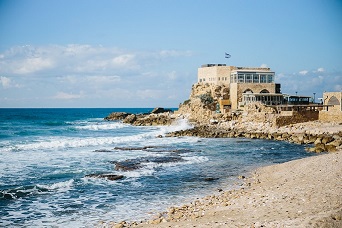
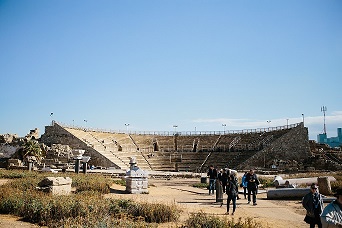
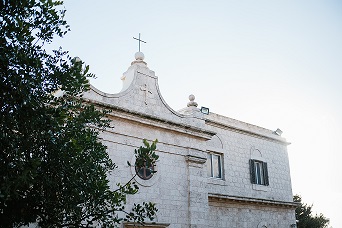
Day 3
Be blessed by a sail on the Sea of Galilee in an enlarged version of the boats used by Jesus and His fishermen disciples--and see an actual boat from the time of Jesus as marine archaeologists raised it from the lake. At Caesarea Philippi, the center of Roman might and pagan worship in Jesus’ time, explore the ruins of Herod Agrippa’s palace. In this setting, Jesus challenged His disciples then and now, “Who do men--and who do you--say that I am?” Caesarea Philippi is also where the headwaters of the Jordan River meet at the foot of Mt Hermon. Continue to the northernmost city of biblical Israel, Dan, and see the actual excavated gates that Abraham entered as he first journeyed through the Promised Land. Explore the Dan Nature Reserve on an easy hike, including rushing rivers, massive trees . . . and the foundation of the pagan “high place” where Jeroboam set up the golden calves during his rebellion against rule by Solomon’s son Rehoboam.
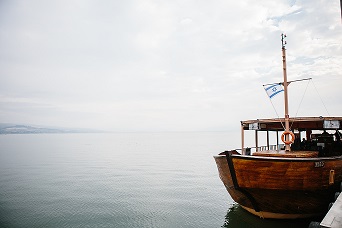
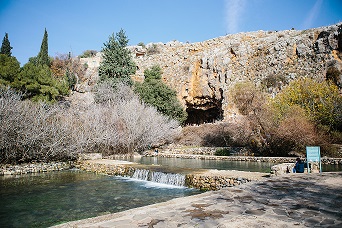
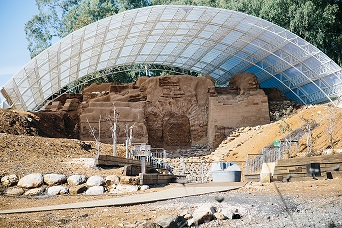
Day 4
Walk the extensively-restored streets of Bet Shean, where the Philistines hung the bodies of King Saul and his sons. A Decapolis city in Jesus’ day, Bet Shean was both destroyed and preserved by an earthquake—and archaeologists have now done a fantastic restoration. Marvel at lovely mosaics (including “The Mona Lisa of the Galilee”) and a 1500-year-old synagogue in the ancient city of Sepphoris, which some believe carpenter Joseph and his apprentice son helped construct. Nearby on the slopes of Mt Gilboa, visit Bet Alpha, an excavated sixth-century synagogue. Dip a hand in, perhaps lap the water of Ein Harod, the spring where the Lord had Gideon winnow his soldiers in a unique fashion. Explore Megiddo, the always strategic city in biblical history and biblical Armageddon (Rev. 16:16). Drive through the Galilean hills to Nazareth, stopping at the precipice overlooking Nazareth.
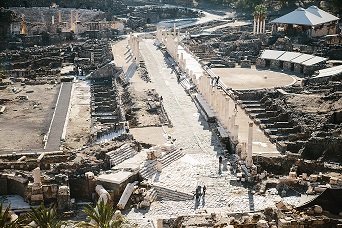
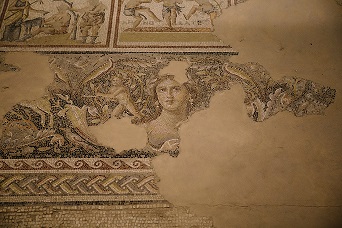
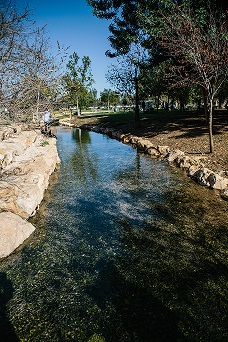
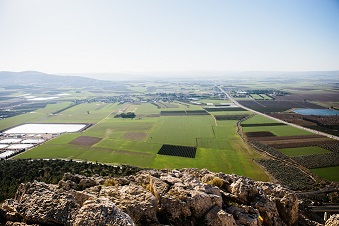
Day 5
Re-experience the words of Jesus in the Sermon on the Mount at the Mt of Beatitudes chapel. At Capernaum, where Jesus based His 18-month Galilean ministry, stand within the foundations of the synagogue where He preached and healed and see the house of Peter’s family where He stayed. Tabgha’s ancient mosaic remembers the Miracle of Loaves and Fishes and recalls where the risen Jesus fed His disciples after a miraculous catch and gave Peter his commission to “feed my sheep.”
See Chorazin, which Jesus cursed for its unbelief.
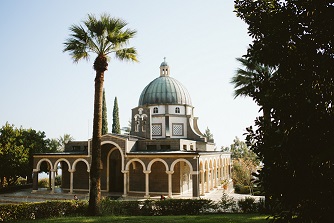
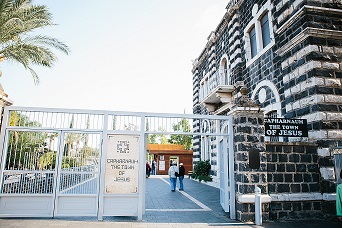
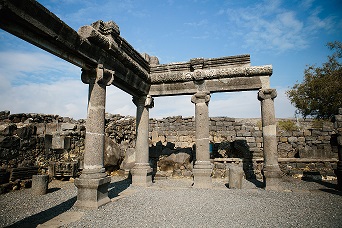
Day 6
Head south along the Jordan Valley, stopping first at the banks of Bethabara, thought by many to be where Jesus was immersed by John the Baptist. Crossing the lunar landscape of the Judean wilderness, come to Qumran on the shores of the Dead Sea, where the Dead Sea Scrolls were discovered. Ascend by cable car to Masada overlooking the Dead Sea, built by Herod the Great as both a winter palace and fortress against Cleopatra, where zealous Jews resisted Rome after the 70 AD destruction of the Temple. Then it’s “Up to Jerusalem,” singing a Song of Ascent like Psalm 122: “I rejoiced with those who said to me, ‘Let us go to the house of the Lord’” to Jerusalem, the Holy City.
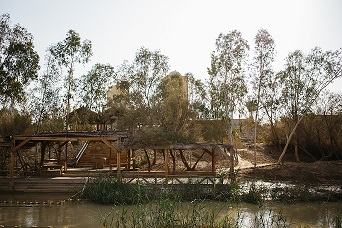
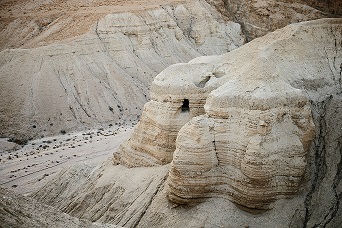
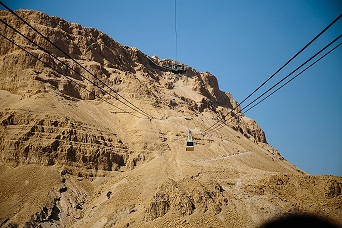
Day 7
Starting from the summit of the Mt of Olives, walk down the Palm Sunday path where Jesus rode the donkey and heard the hosannas from the crowds. Stop at Dominus Flevit where “Jesus wept” and view the Eastern or Golden Gate through which Messiah rode. At the bottom of the hill, in the Garden of Gethsemane, surrounded by olive trees still growing from roots dating to Jesus’ time, pray as He did for strength to face the ultimate tests of life. Orient yourself to Jerusalem in Jesus’ time by studying the incredibly-detailed, large-scale outdoor model of The Holy City at the Israel Museum, where you will also view actual scrolls and artifacts discovered in the Dead Sea caves of Qumran. Travel through Shepherds’ Fields to Bethlehem and to the oldest-continually serving church in the world, the 4th century Church of the Nativity, where a silver star marks the traditional spot of Jesus’ birth.
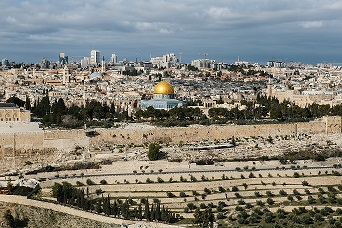
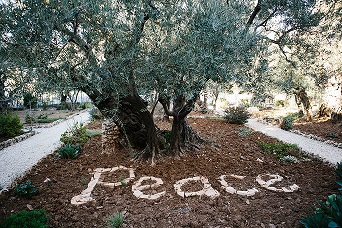
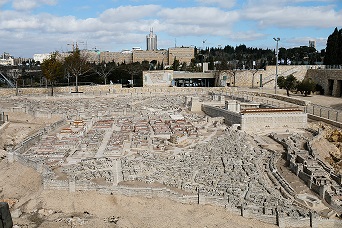
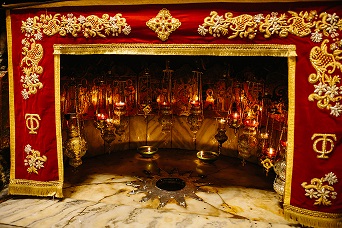
Day 8
Pray at the Kotel or Western (Wailing) Wall, leaving scrolls of your prayers in the giant stones remaining from the Temple, from where Jewish tradition says prayers go most directly to heaven. Actually, go under the Temple area to explore the famous Rabbi’s Tunnel. Up on Temple Mount, Muslim mosques squatting where Solomon and Herod the Great built the First and Second Temples cannot prevent Christians from standing at the Pinnacle of the Temple where Jesus was victorious over Satan’s tempting. Pray for loved ones back home at the healing Pools of Bethesda, then marvel at the acoustics as you sing in the Church of St. Anne. Worship where the Upper Room is commemorated. Stand on the pavement where Jesus was tormented by the soldiers in the Judgment Hall of Pilate. Walk the narrow streets of the Old City, still very much as when Jesus carried His cross on the Via Dolorosa. See remains of the original 4th century Church of the Holy Sepulcher in the Russian Orthodox Church, adjoining the current structure guarding traditional Calvary and Empty Tomb sites. See the actual steps up which Jesus was dragged from the Garden of Gethsemane to his first imprisonment in the House of Caiaphas, high priest, where Peter denied His Lord thrice before the cock crew. Time during the day for lunch on your own in The Jewish Quarter with shopping in the Old City bazaar and the restored shopping street called The Cardo or “The Heart” of Roman Jerusalem.
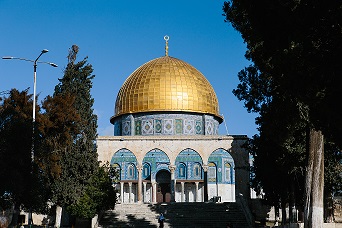
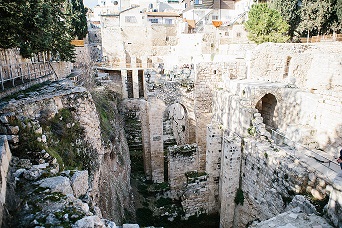
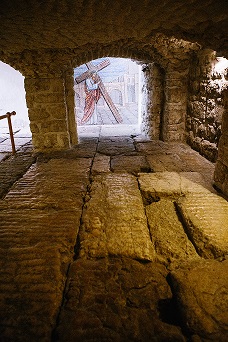
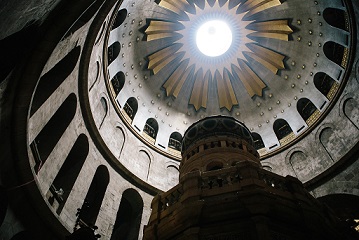
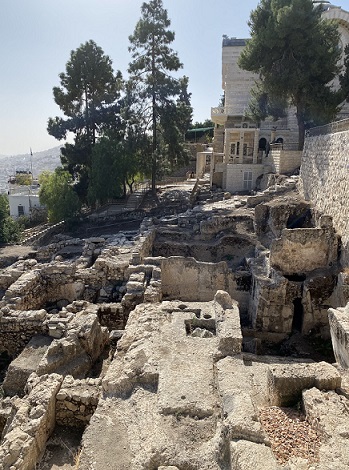
Day 9
Yad Vashem, the Holocaust Museum, is a contrasting study of the evil humankind can do and the strength of faith that can allow men and women to become victors over evil. Depart for a service of Holy Communion at The Garden Tomb, a lovely site overlooking a hillside nature has carved into what many see as a skull, Golgotha, and setting of an empty tomb from which the stone has been rolled away. Outside the city, explore Herodian, the artificial mountain that was Herod the Great’s palace and recently-discovered tomb.
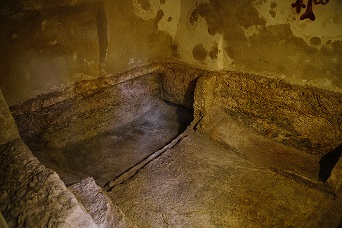
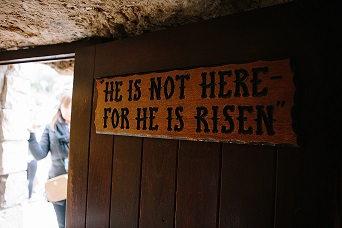
Day 10,
Arrive Home


Day 1 Ostia Antica
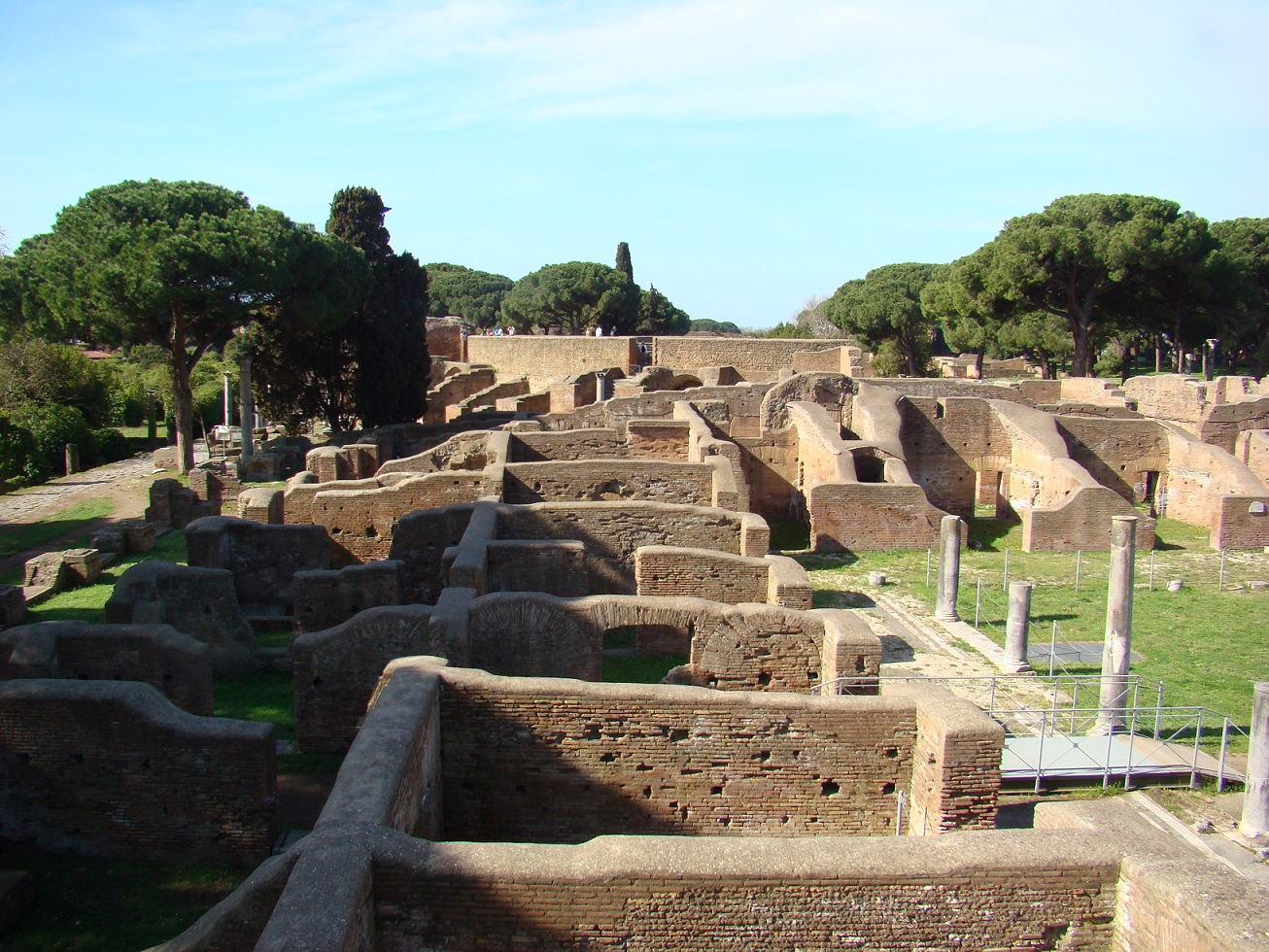
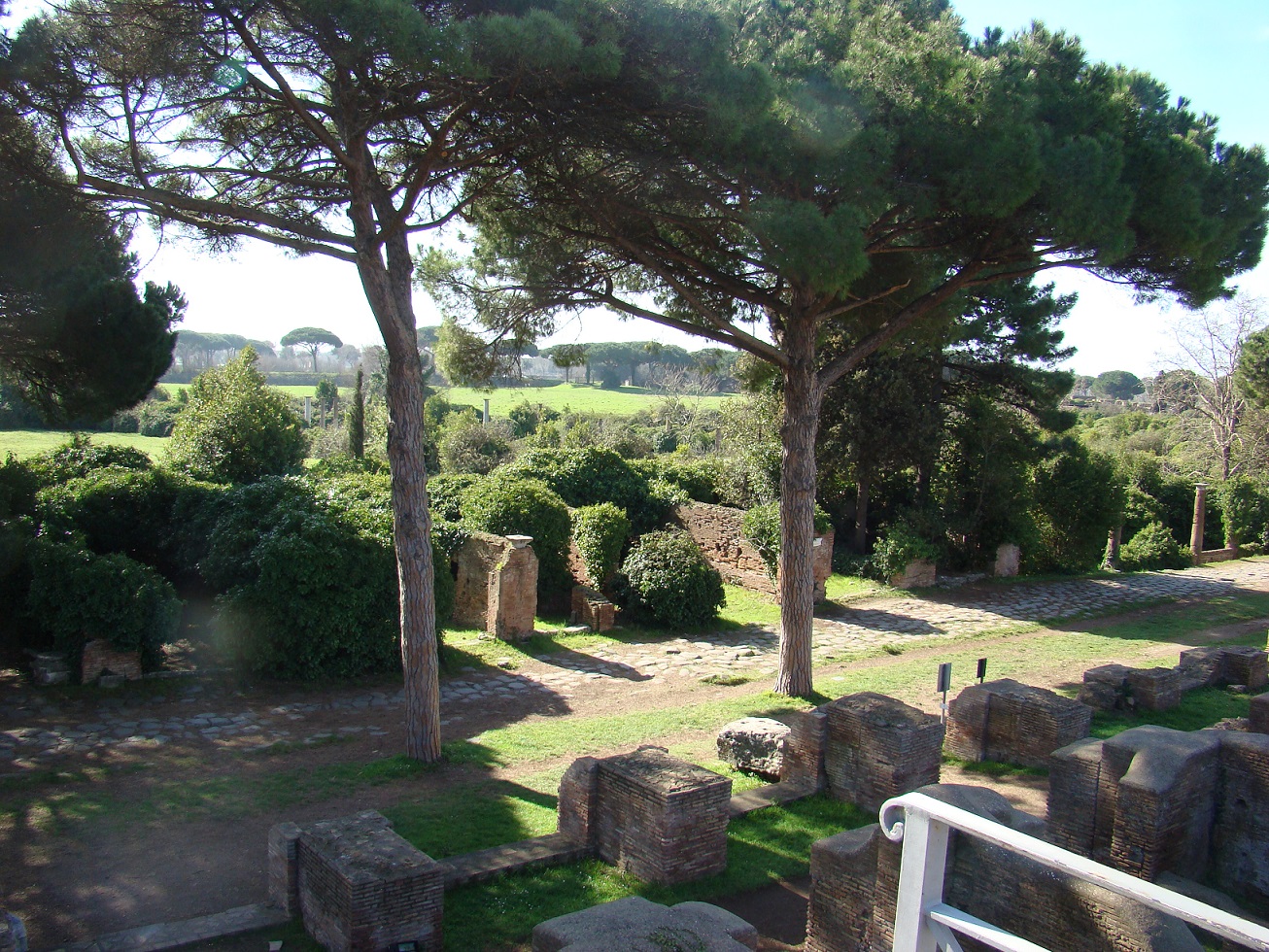
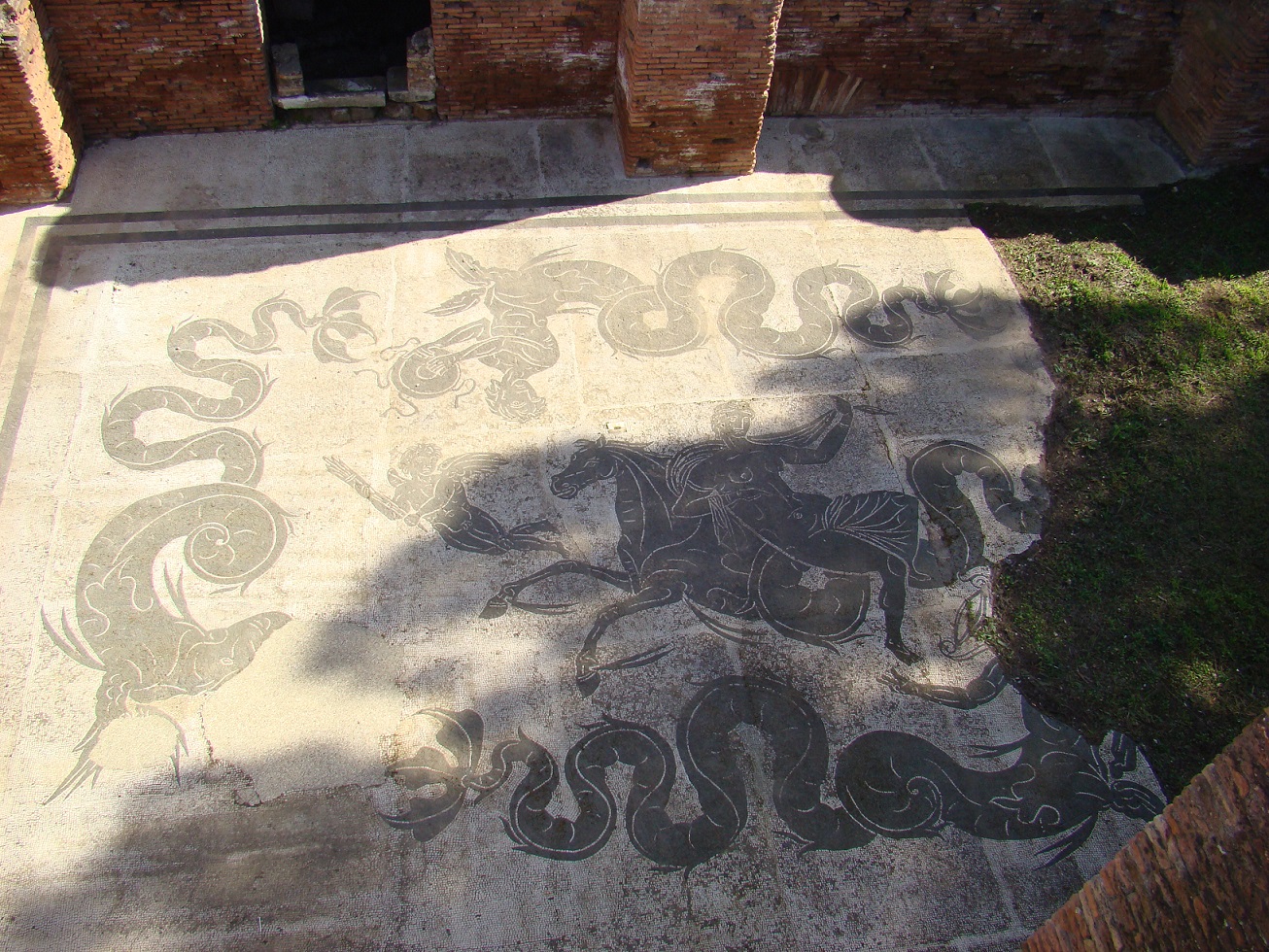
Day 2 St Paul_s Outside Rome
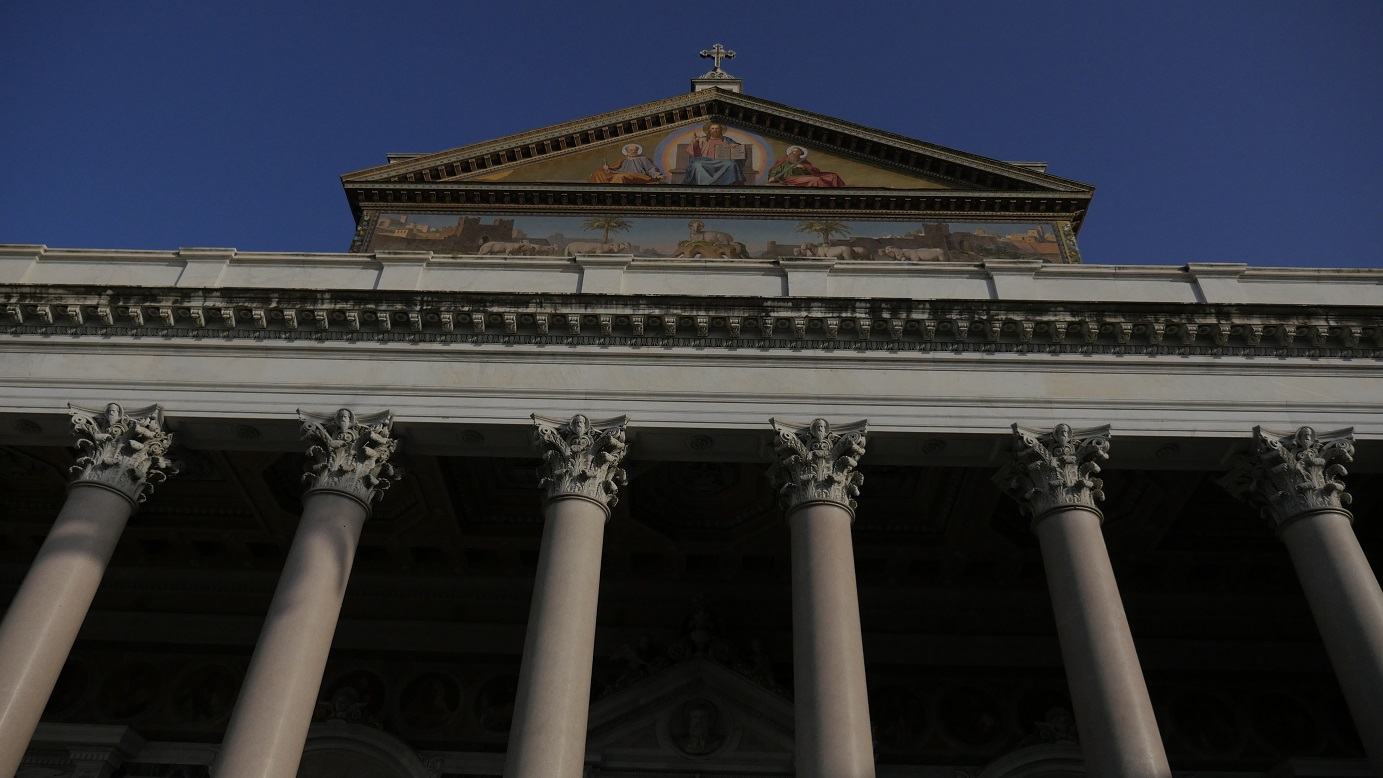
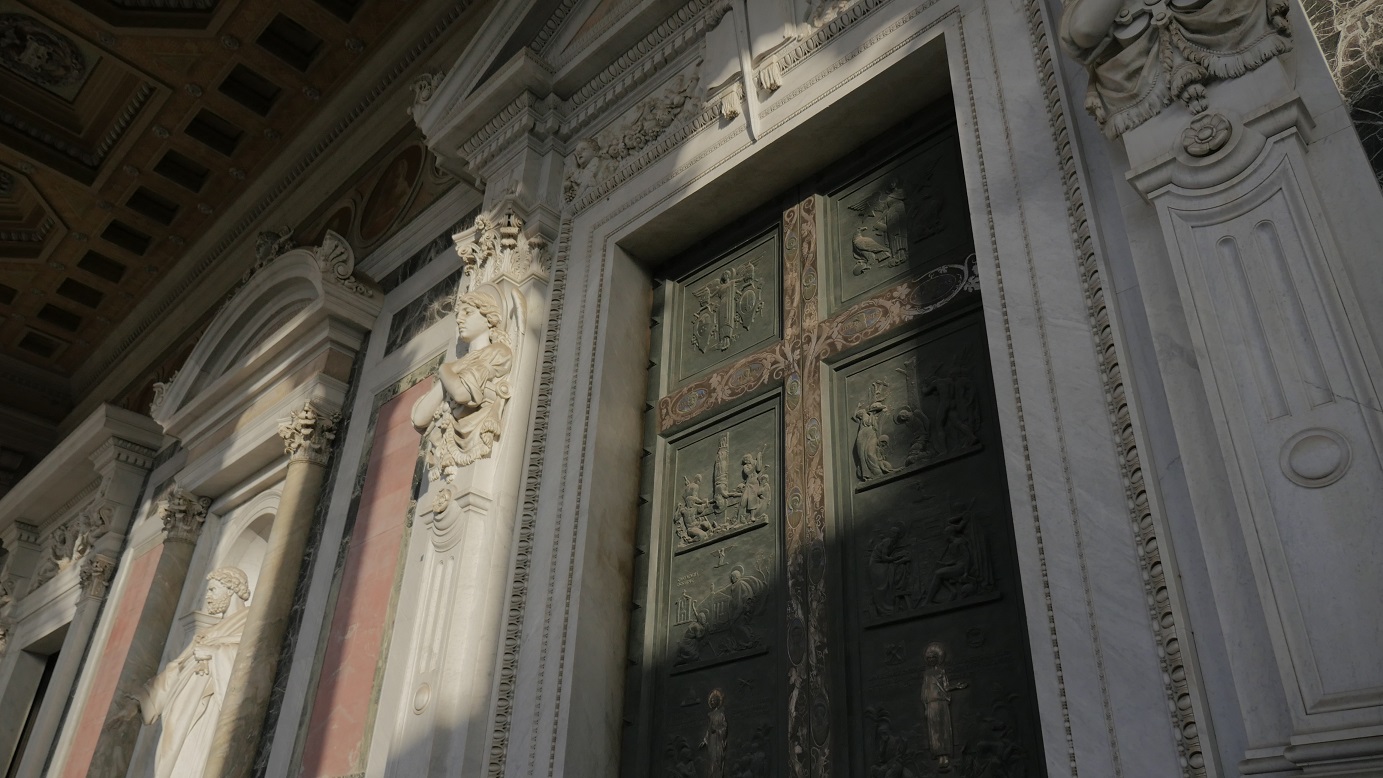
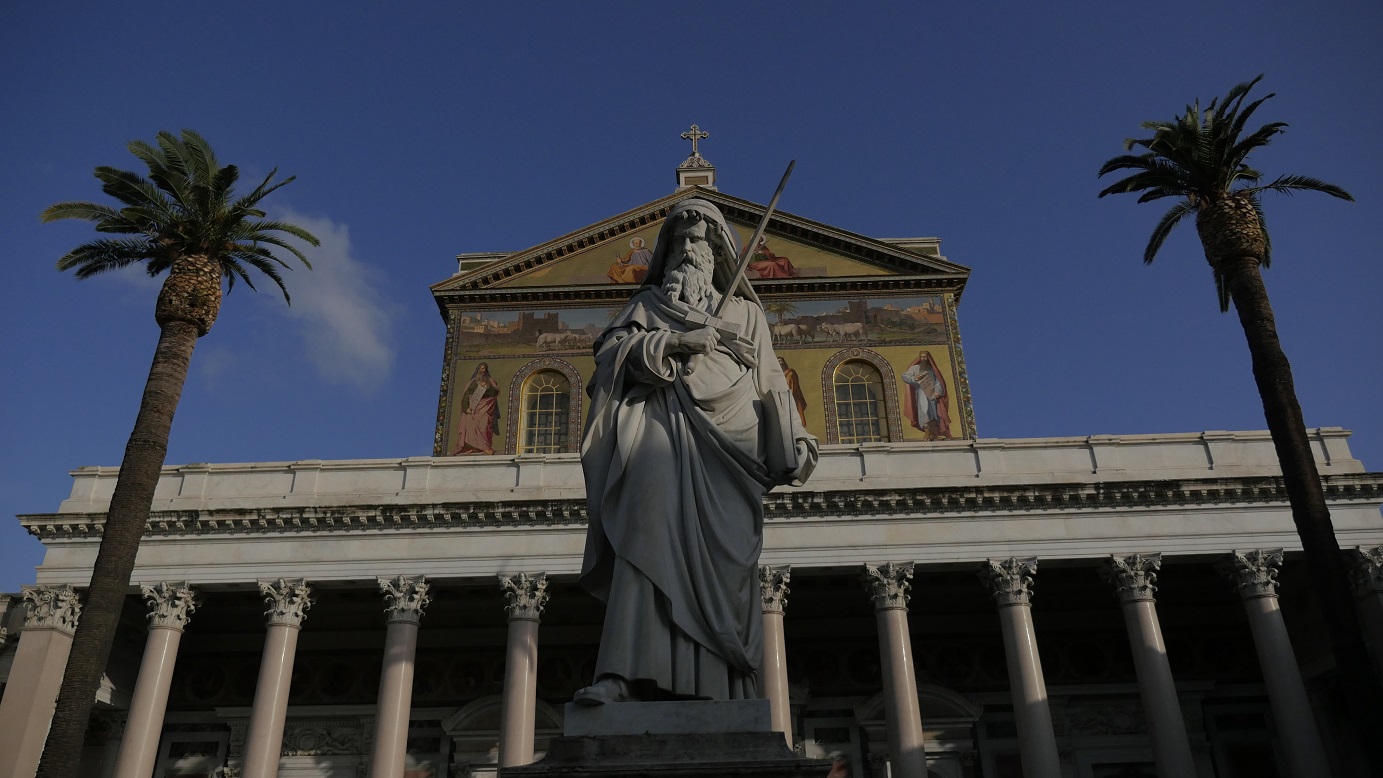
Day 3
The Panthon
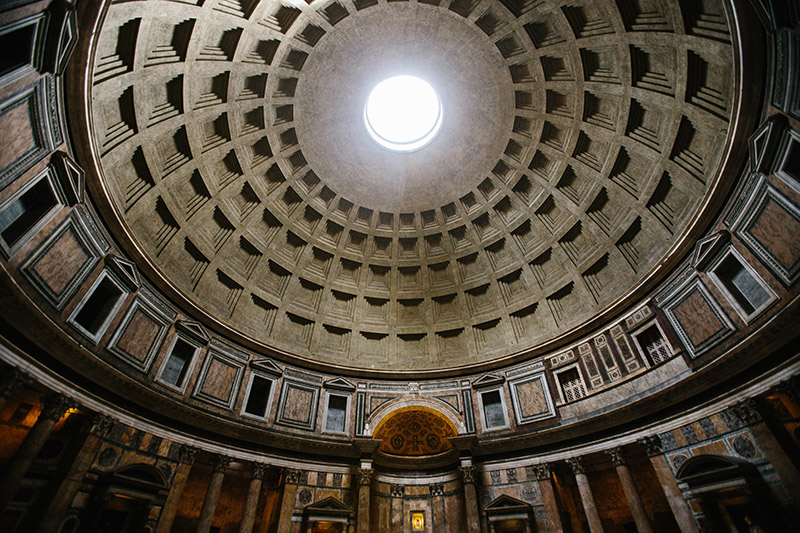
Piazza Navona 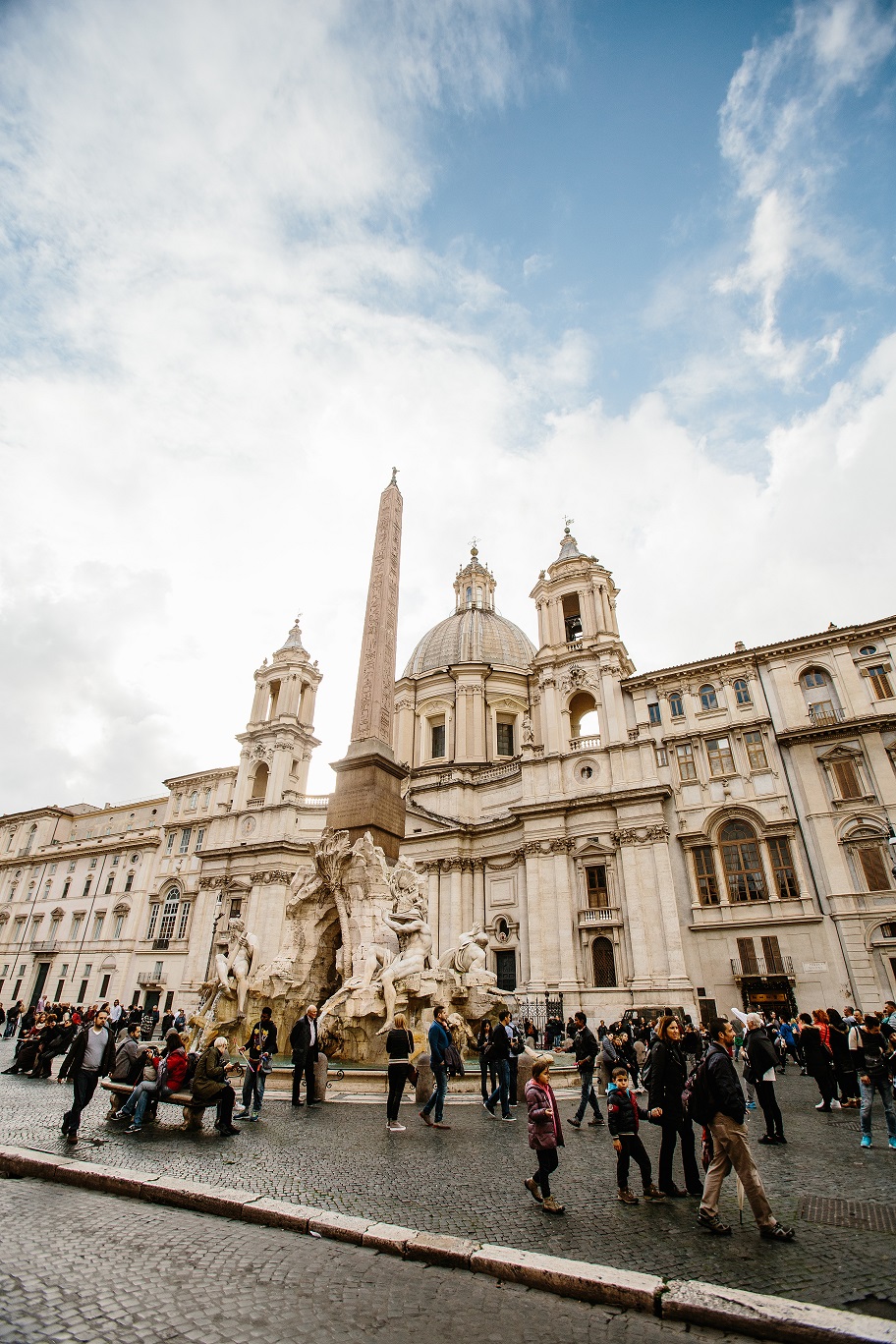
Trevi Fountain 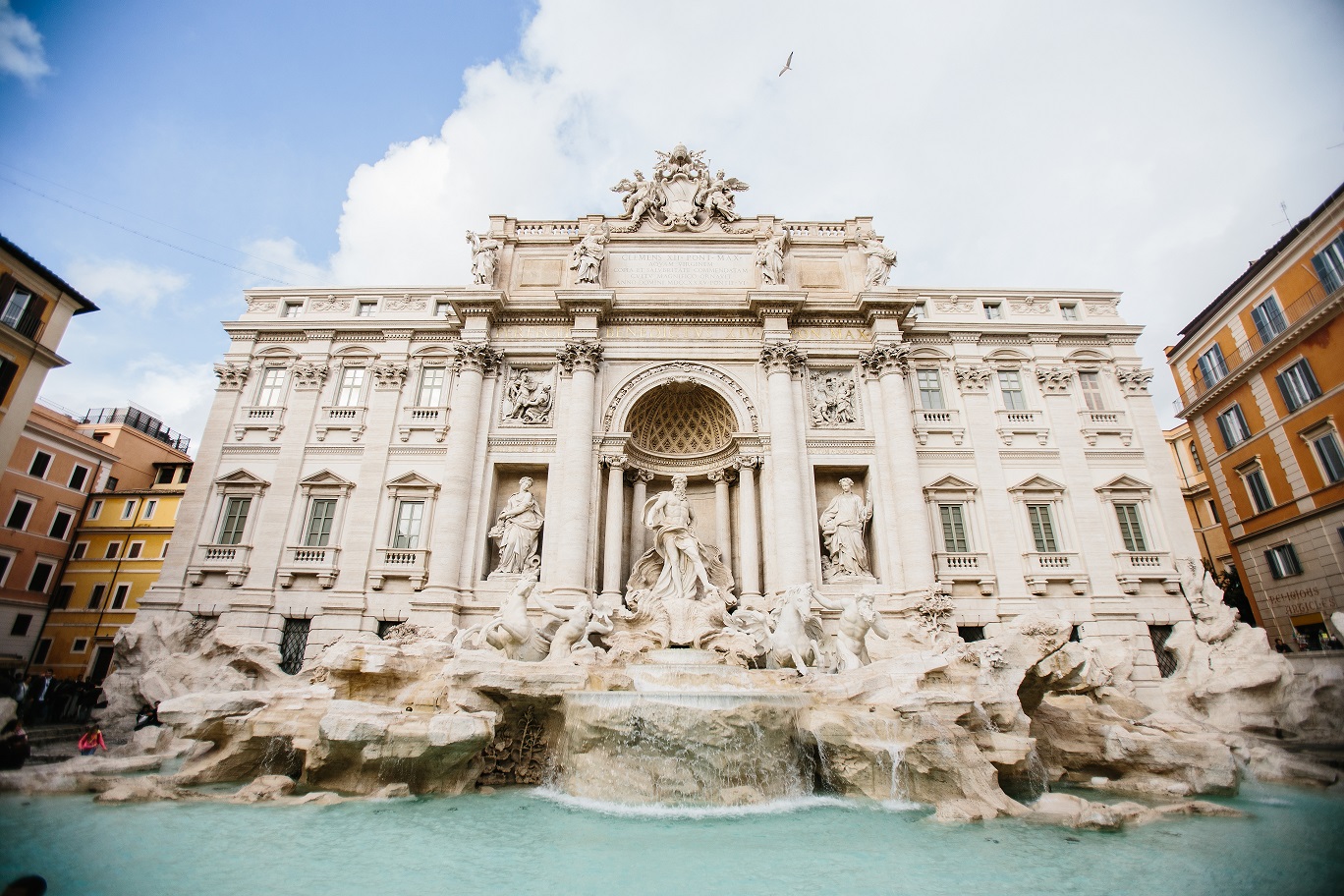
Day 4
Spanish Steps
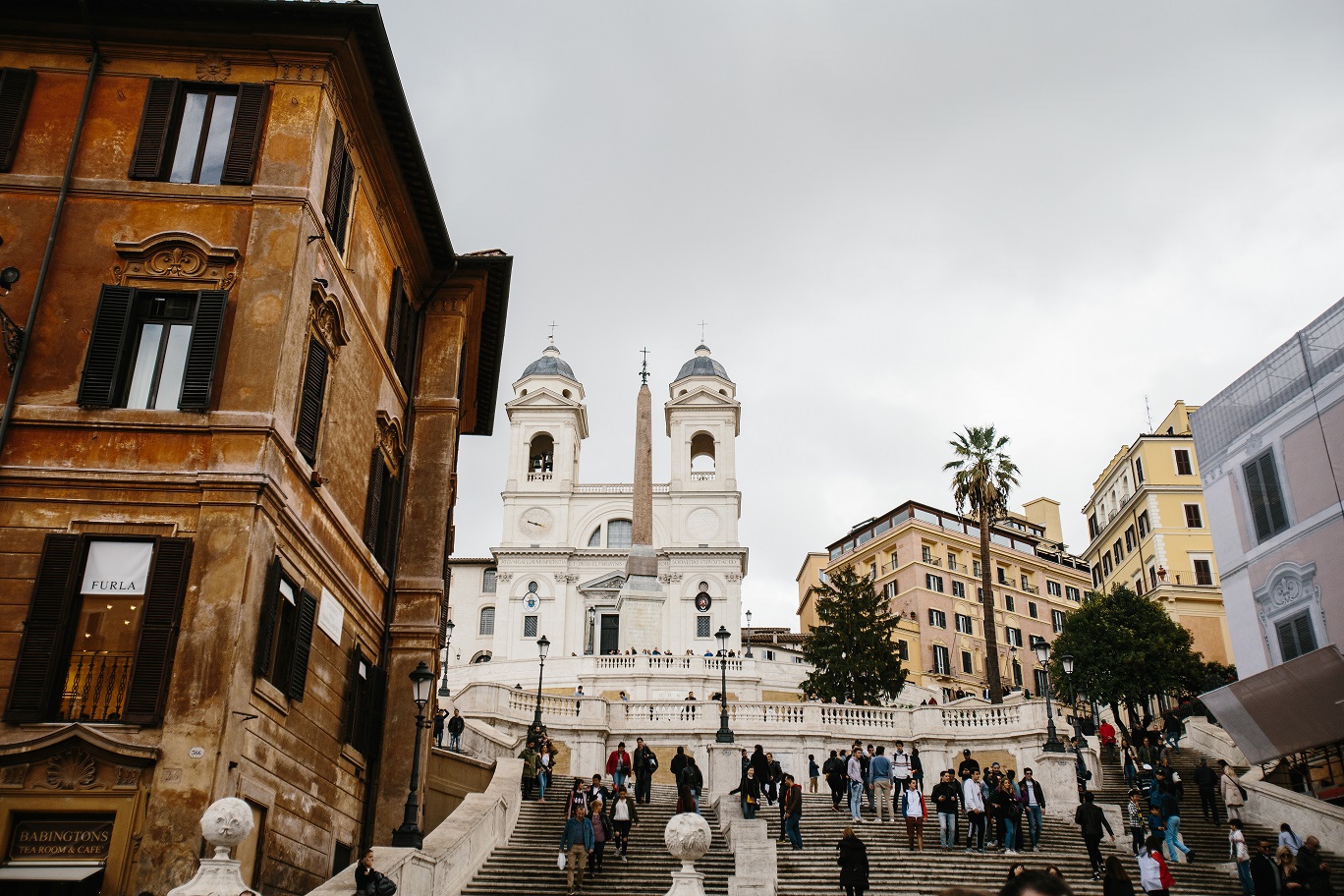
Day 5
Roman Forum
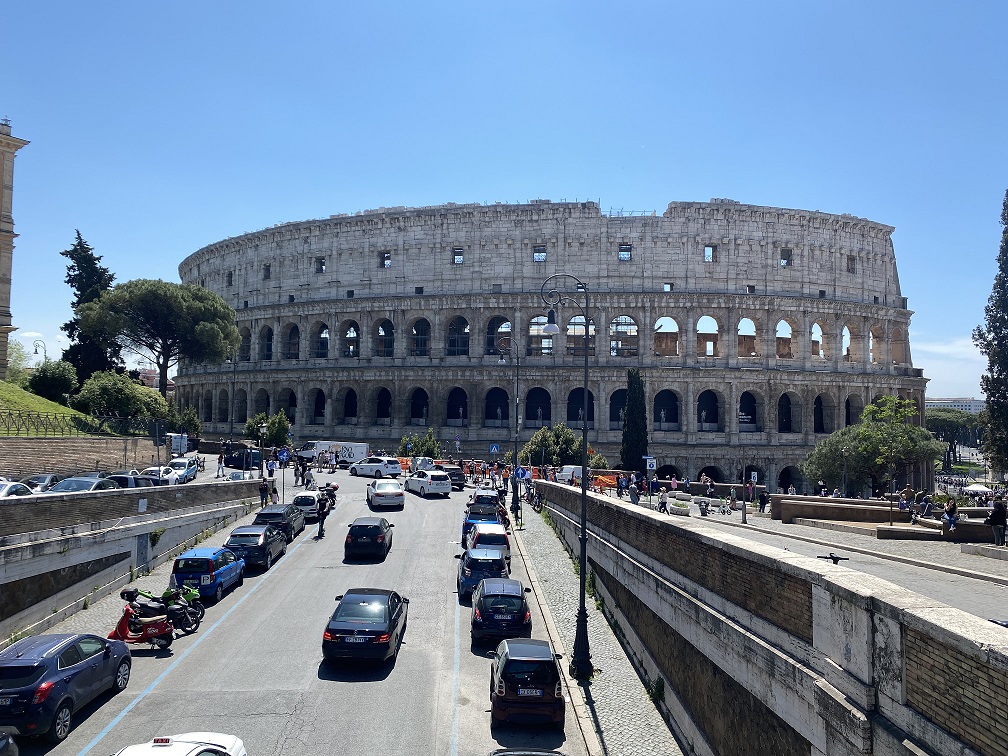
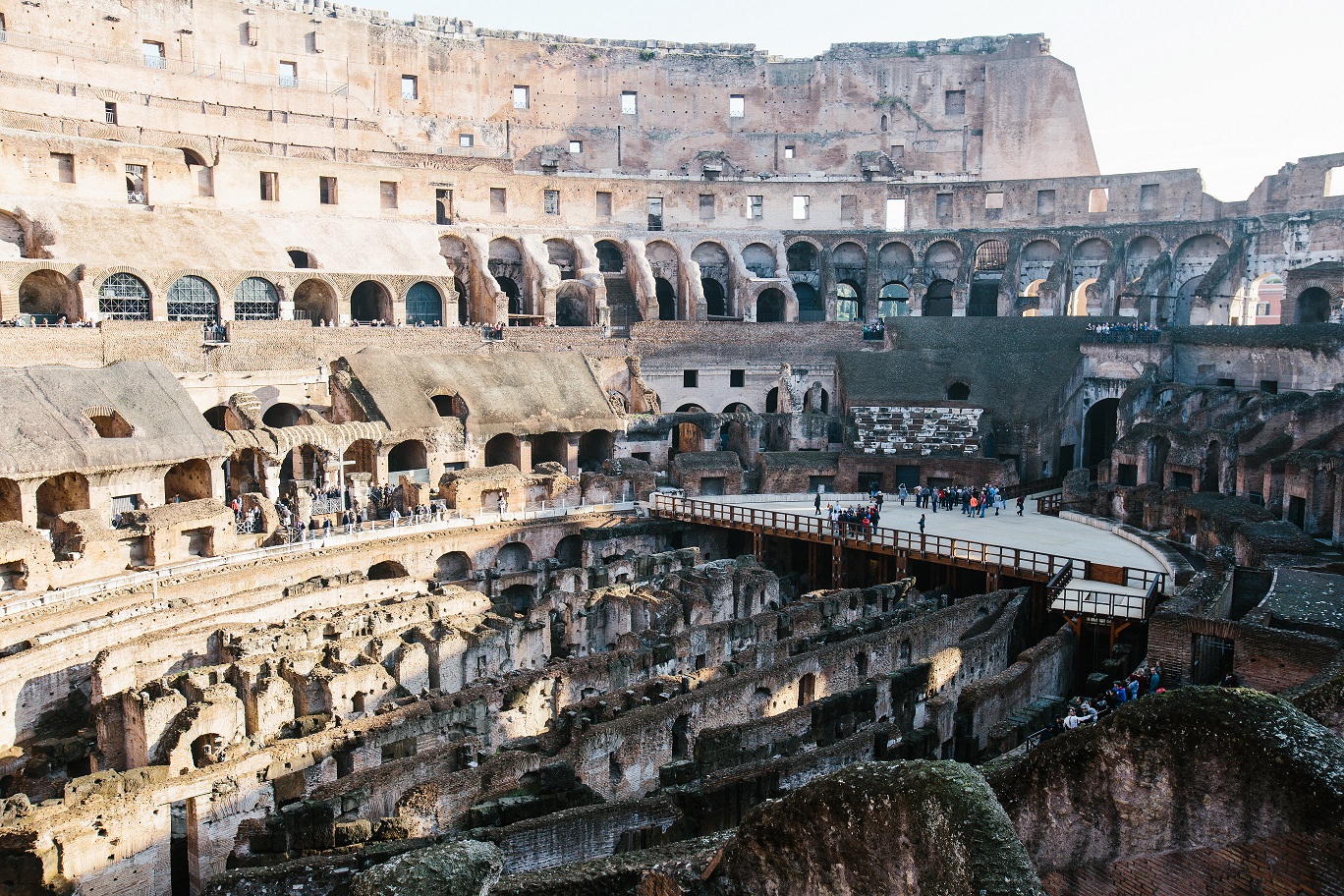
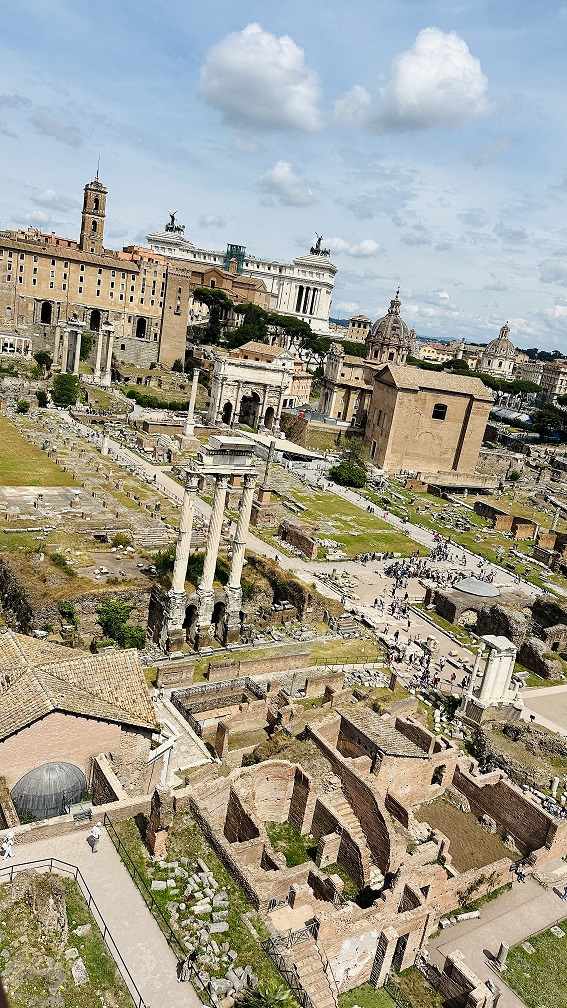
Day 6
St Peters
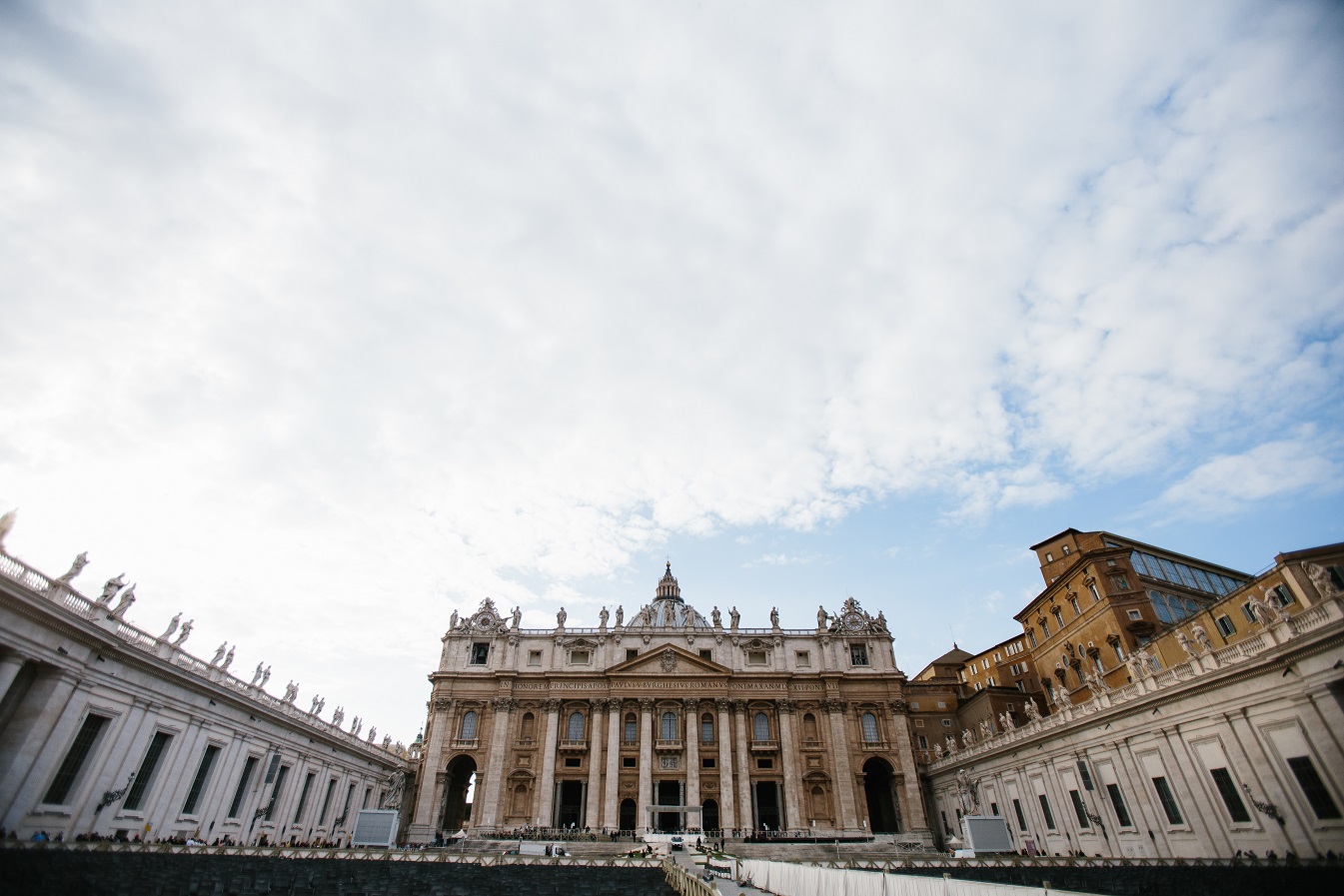
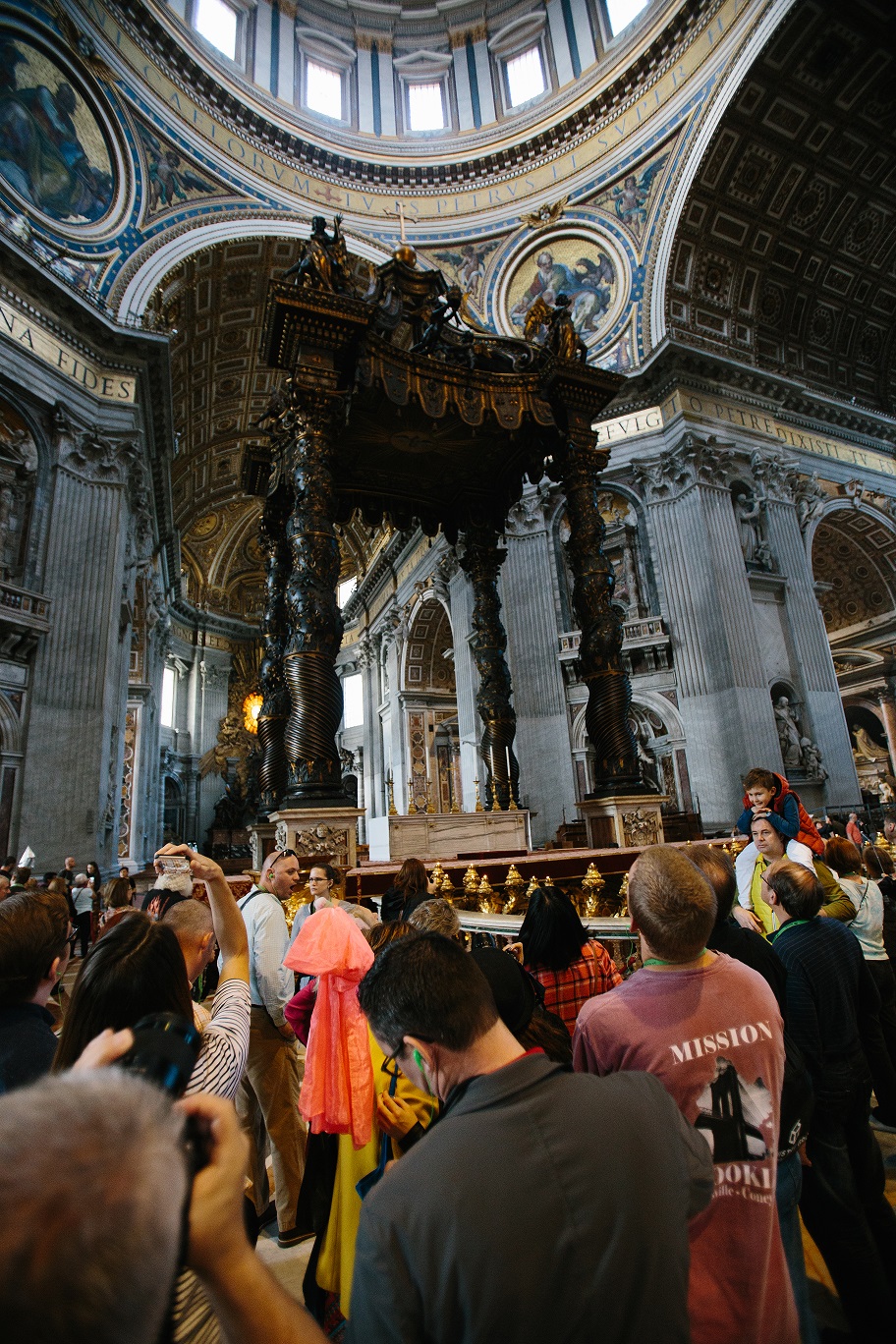
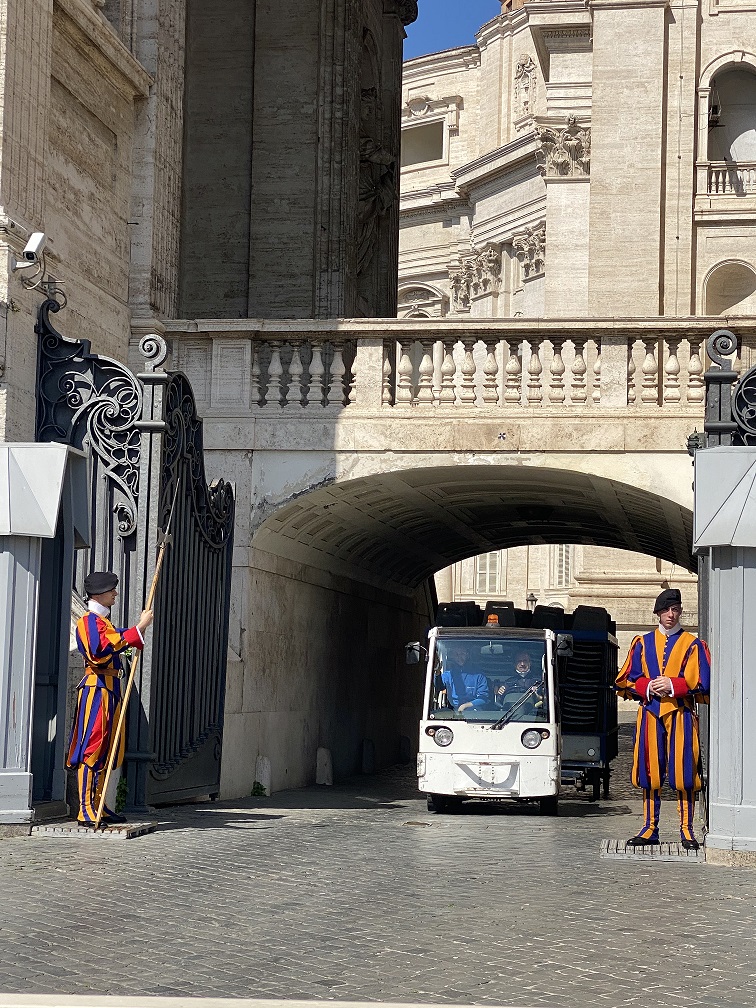
Day 7
Free Day in Rome
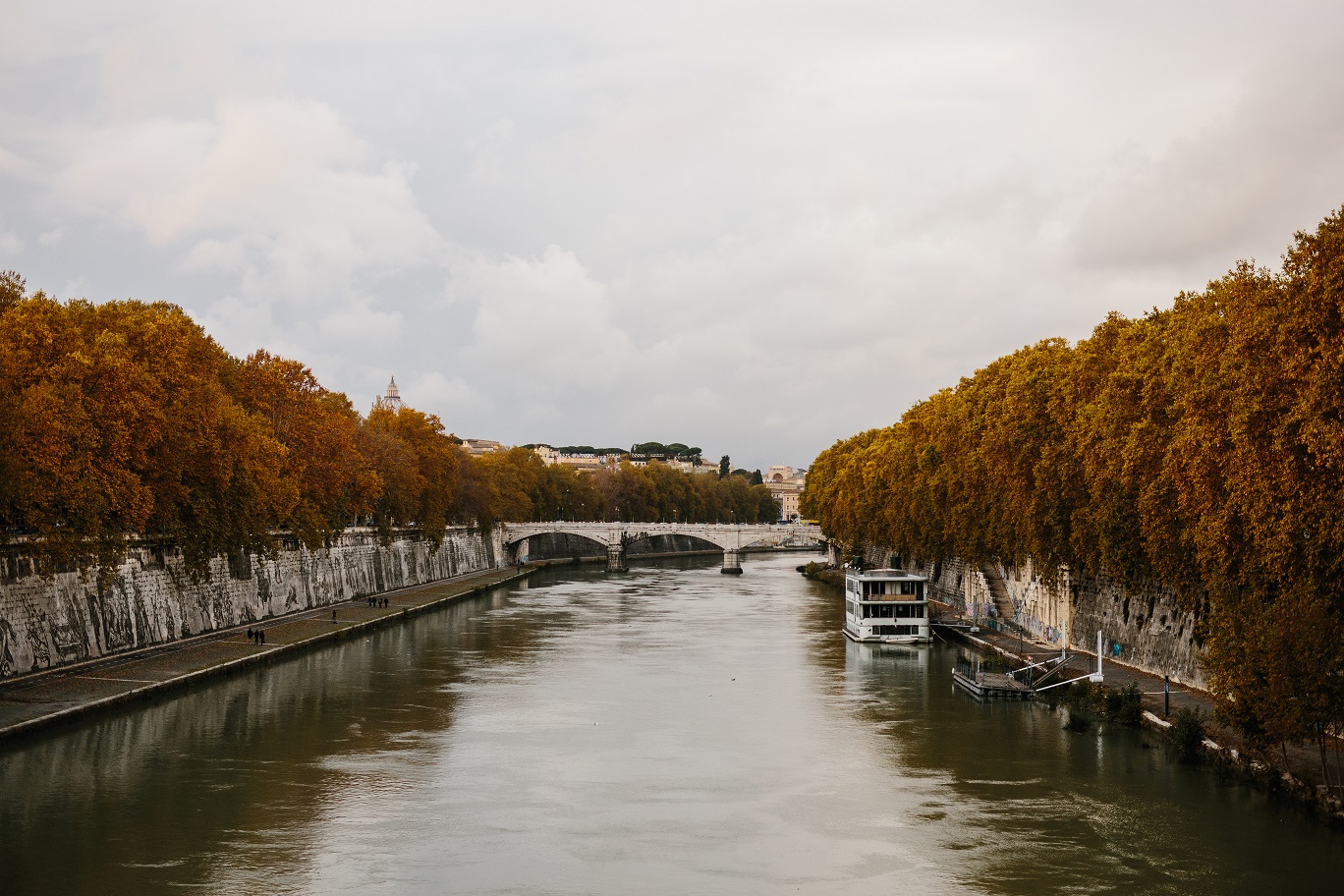
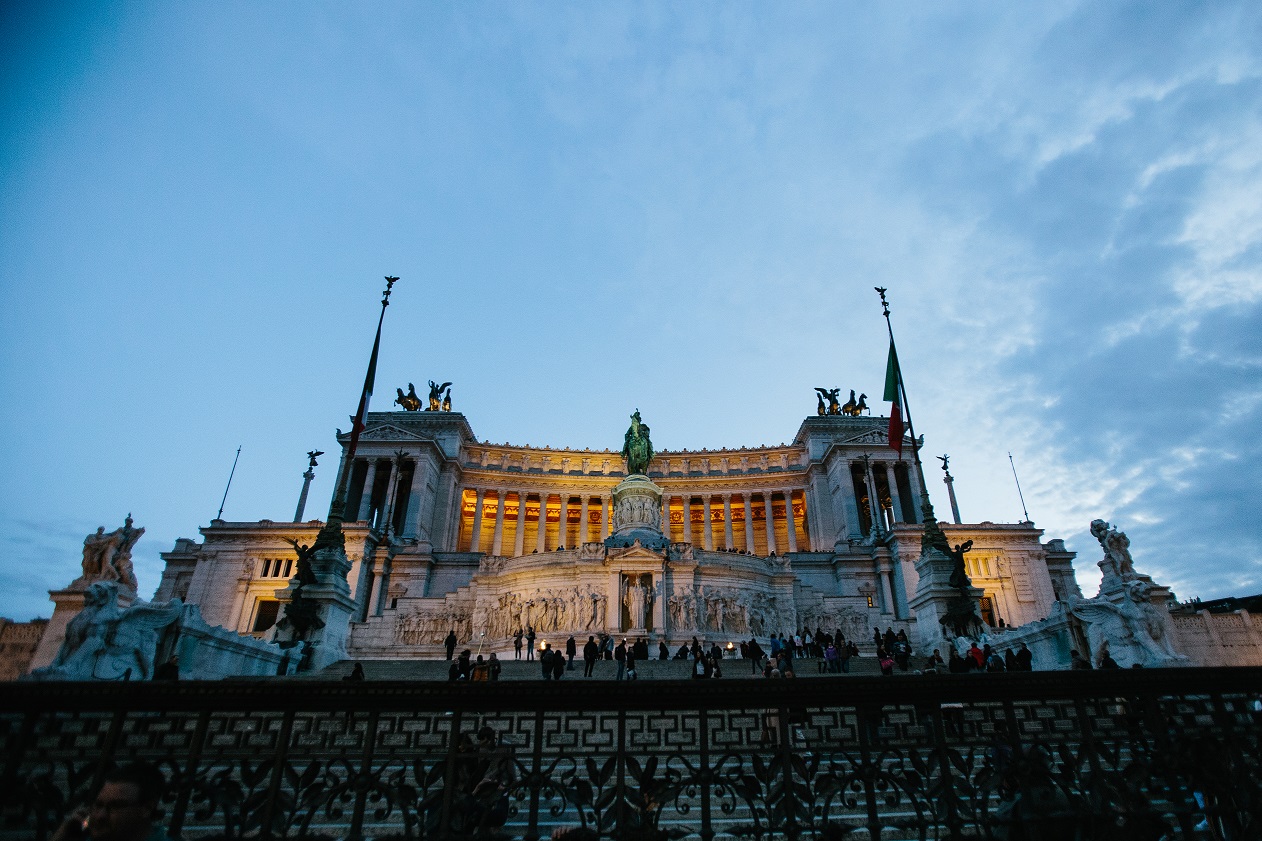
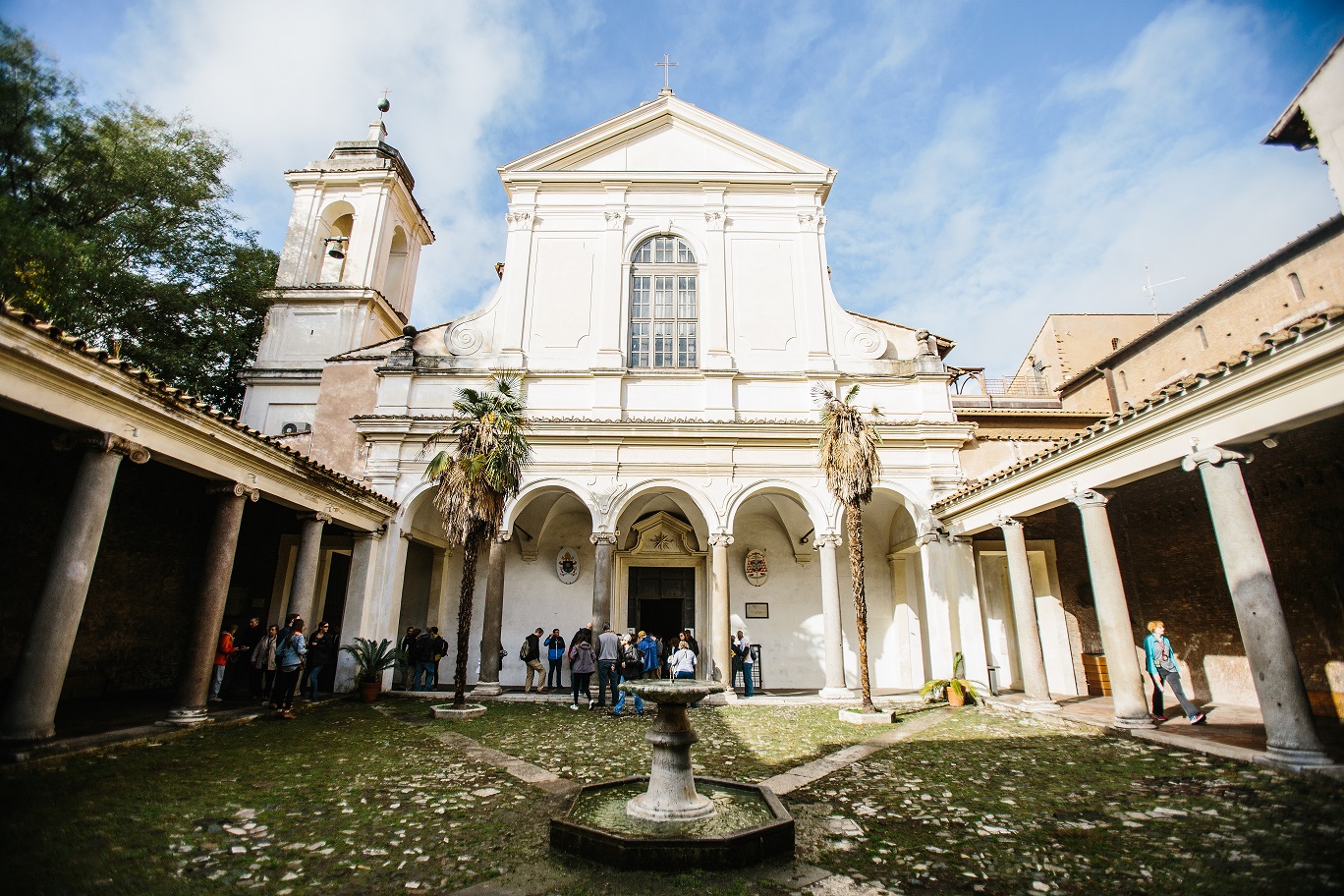
GREECE ITINERARY
Day 1, Depart for Greece.
Day 2, Arrive in Greece’s second city Thessaloniki, where St. Paul stayed and preached for several weeks on his Second Missionary Journey in about 50 AD, converting so many souls. The local authorities kicked him and his companions out of town for having “turned the world upside down” (Acts 17:6). Paul continued the care of his Thessalonian flock with the earliest two epistles in the New Testament.
Day 3, Full Breakfast at the hotel. After Paul received the vision of preaching to the Europeans, beginning in Macedonia (northern Greece, Acts 16), he landed in the Neapolis harbor, which is modern-day Kavala that we will visit. From Neapolis, Paul went to Philippi (16:12ff), where we will see the traditional site of the baptism of Lydia, the first European convert, and the ruins in the city of ancient Philippi, including the site that remembers the cell where Paul and Silas were imprisoned before the Lord miraculously freed them. Return to Thessaloniki to Porto Palace Hotel. Bible study and Dinner at the hotel.
Day 4, Once Paul had been given the left foot of fellowship from Philippi and Thessalonica, he traveled to Berea where men and women of noble character believed the Word (Acts 17:10- 14). At Berea study and worship at the bema or raised stone from which Paul preached. We then visit nearby Vergina to see the royal tombs of the family of Alexander the Great, the richness of which is staggering. Travel through the dramatic countryside to Meteora and the amazing Byzantine monasteries perched atop gigantic rock pinnacles in one of the world’s most bizarre and fascinating geological formations. Overnight and dinner at a lovely four-star hotel in the village of Kalambaka at the base of the mountain.
Day 5, Interesting rural scenery along the way to Delphi, which the ancient Greeks considered the omphalos (navel or center) of the world. Here the Delphic oracle muttered cryptic prophecies from her seat in the Temple of Apollo, the grand remains of which still stand. The museum at Delphi is a gem, small but every exhibit truly striking. Time permitting visit the ski village of Arachova for wandering and shopping. Overnight at a 4-star hotel in Delphi.
Day 6, While most Greece tours center on Athens and sites in the northern mainland, we are also exploring the less-touristy Peloponnese, the southern land mass of Greece. At Epidaurus, site of the Sanctuary of Asclepias (god of medicine), we find the best-preserved ancient theater in Greece. Also during time in the Peloponnese visit the Homeric city of Mycenae, the kingdom of Agamemnon, leader of the Greeks in the Trojan War. Overnight in the charming village of Nafplio, one of Greece’s prettiest and most romantic towns, occupying a knockout waterside location.
Day 7, Head toward Athens via Ancient Corinth, the once glorious city near the Isthmus, where Paul met Aquilla and Priscilla and spent a year and a half working and preaching the Gospel (Acts 18). Drive to Cenchreae, the little harbor from which Paul sailed back to Asia, thus ending his second missionary journey. Finally, on to Athens, birthplace of Western civilization. Three nights at a deluxe hotel, centrally-located, an easy walk from the historical center of Athens.
Day 8, The Parthenon atop the Acropolis dominates nearly every view in the bustling modern city. Experience all the highlights of Athens including the iconic Syntagma (Constitution) Square, right across from the House of Parliament guarded by photogenic tassel-festooned wooden-clogged guards. Stop at the Panathenaico Stadium, where the first modern Olympics were held in 1896. And, of course, ascend the Acropolis, the very symbol of the Grandeur that was Greece. The area of Athens most associated with the Apostle Paul is Mars Hill (or Areopagus) where Paul was taken to argue his belief in the famous sermon about “the unknown God” (Acts 17:19-31). Then to the world-class modern Acropolis Museum that displays all the archaeological discoveries from the Acropolis and surrounding area over the centuries.
Day 9, Free day in Athens on your own, with museums to explore or shopping to do in the Monastiraki flea market or the tourist shops of the Plaka at the base of the Acropolis. Athens is a safe city for strolling on your own, and the hotel is located within easy walking distance of cultural and shopping destinations.
Day 10, Transfer to the Athens airport for the flight back to the US, arriving the same day.
